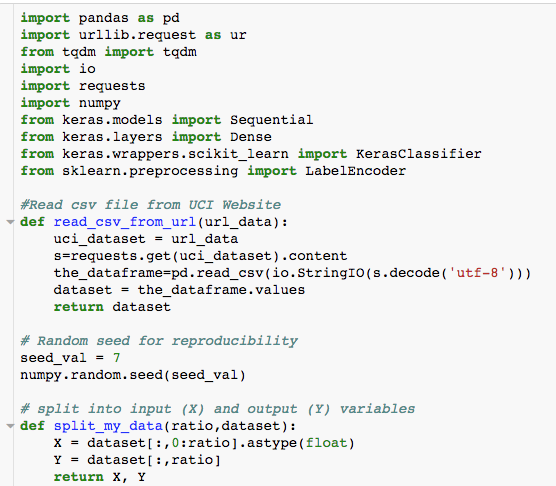

Both the training and testing dataset are given where the training dataset contains 891 rows and 12 columns.Īfter loading the dataset, we used the dropna() method which allows eliminating the null values from the rows and columns. Implementation in Python Loading Datasetįor the comparison, we used the Titanic: Machine Learning from Disaster dataset. It converts a single variable with n observations and x distinct values, to x binary variables with n observations where each observation denotes 1 as present and 0 as absent of the dichotomous binary variable. This technique is used to quantify categorical data where it compares each level of the categorical variable to a fixed reference level.

One-Hot Encoding is one of the most widely used encoding methods in ML models. After applying the label encoder, it will be converted into 0,1 and 2 respectively. For instance, if we have a column of level in a dataset which includes beginners, intermediate and advanced. Label encoding is one of the popular processes of converting labels into numeric values in order to make it understandable for machines. In this article, we compare the label encoding and one-hot encoding techniques by implementing it in Python. As machine learning algorithms most often accept only numerical inputs, it is important to encode the categorical variables into some specific numerical values.


 0 kommentar(er)
0 kommentar(er)
